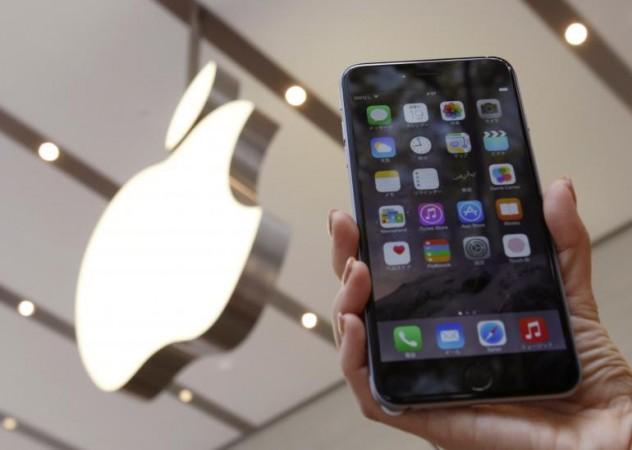
Most of the iPhone and other Apple device users think jailbreaking is a malpractice and need to be strictly avoided. However, we are not asking you to jailbreak your phone, but there are a few of things which you need to be aware of. Here's all you need to know.
What is Jailbreaking?
For keeping the iPhone and iPad devices restricted to certain things, Apple installs a protection naming Sandbox in the system. Jailbreak usually removes the Sandbox protection from the system, hence removing the limitations. You can jailbreak most of the Apple devices including iPhones, iPads, iPod Touch and Apple TV devices. Jailbreaking allows the user to access the iOS file system manager and gives the root access. A jailbroken Apple device also can download apps, extensions from other sources such as Cydia. It also can download apps from Apple's official iTune store.
In US, it's perfectly legal to Jailbreak an iPhone, however it's not legal to jailbreak an iPad device though. However this law restriction varies in other countries.
Why Jailbreaking?
Along with root access, the Jailbreaking process allows you to customise your iPhone and install various utilities, which Apple doesn't allows you to. So you can download several interfaces, use Swype styled keyboards, add WiFi hotspot capability, train SIRI to achieve more controls, customise settings, play Nintendo games and more.
Risks Related to Jailbreaking
In 2009, an Autralian student developed an iPhone worm naming iKee, which can infect any jailbroken device. The jailbreaking process actually allows users to install SSH service, which can create a risk factor on the jalibroken devices.
However, if you keep your jailbroken device updated with the latest available version, the risk becomes low. But remember unlocking the root access allows the apps to get anything on the system so you need to be pretty cautious with the behaviour of each apps installed on the iDevice.
Difference with Android Rooting
Though both the process sounds very similar according to the device access, Apple is very strict and cautious about the security measures and maintains a strong policy so that their user refrains from modifying the OS or install apps from other sources.
Types of Jailbreak
There are three different types of jailbreaks, which differ on the booting process of the device: Untethered, Tethered and Semi-tethered.
The Untethered jailbreak allows an iDevice to turn the device on and patch the kernel without any computer's assistance, while the Tethered jailbreak needs a computer to patch the kernel when rebooted. Semi-tethered jailbroken devices won't patch the kernel but keeps the device usable.
How to Jailbreak an iDevice
We will elaborate this process in a detailed step-by-step article later, but let's explain the process of jailbreaking, in brief, for your understanding.
Before jailbreaking your device, you need to take a back-up of the device and locate the jailbreak tool according to the currently installed iOS version of the device. Then download a program called Evasion on the computer and connect your iOS device through an USB cable. The tool will connect to your device and ask you to install Cydia, an alternative app store with loads of unauthenticated Apple apps.
After successfully jailbreaking your iDevice, make sure to check new updates of jailbreaks, which arrives following Apple's each iOS updates.













